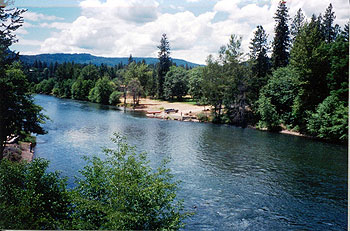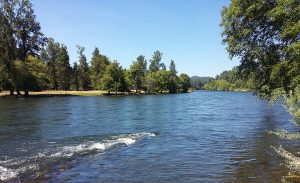Area Recreation
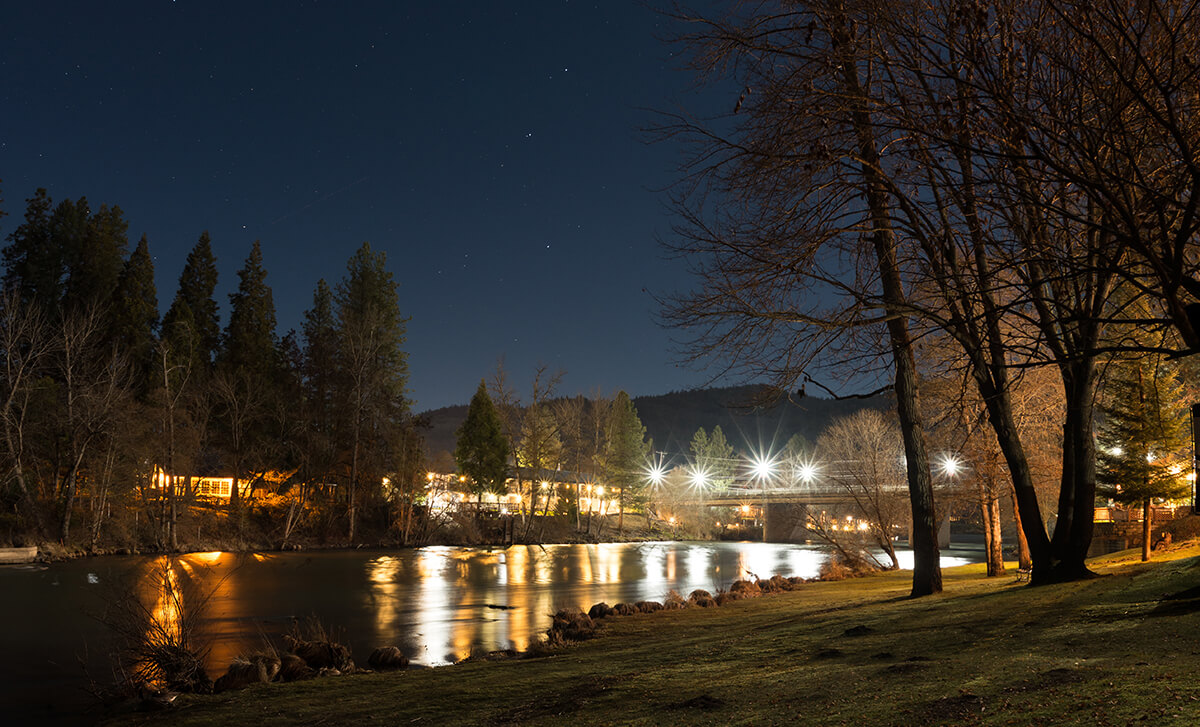
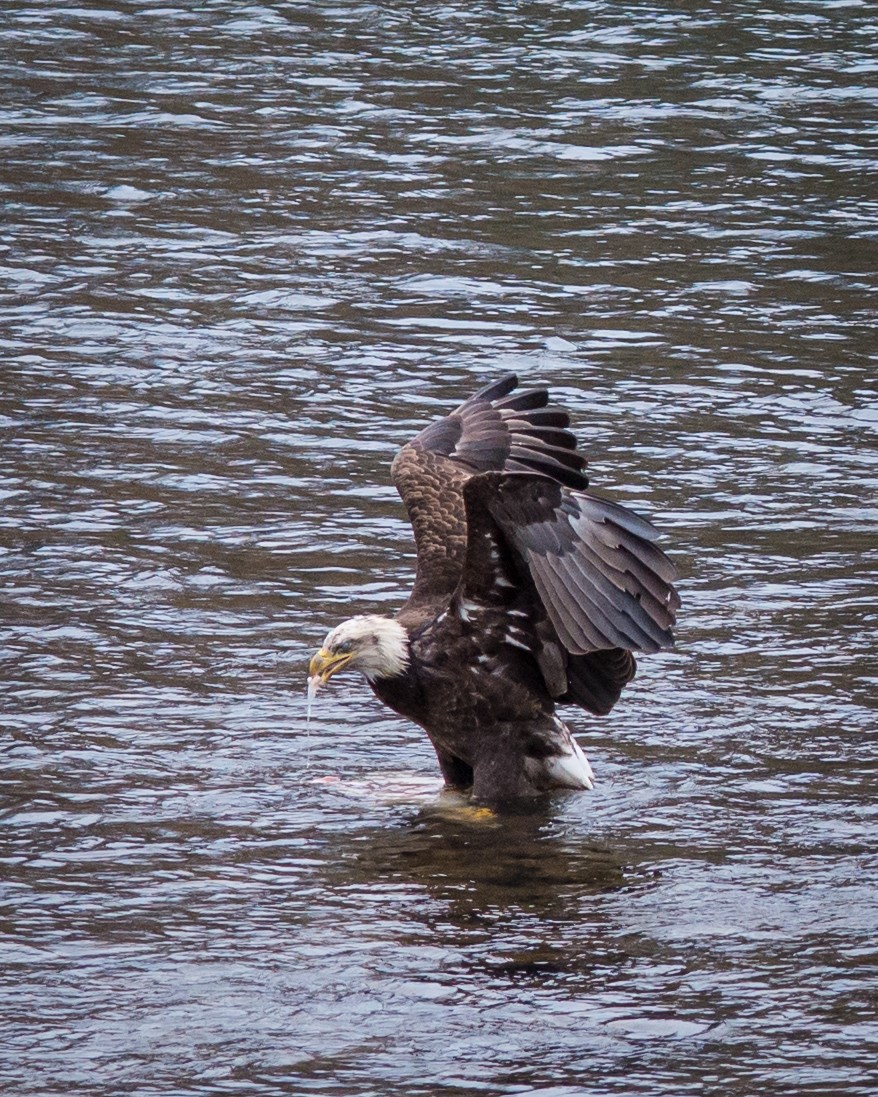
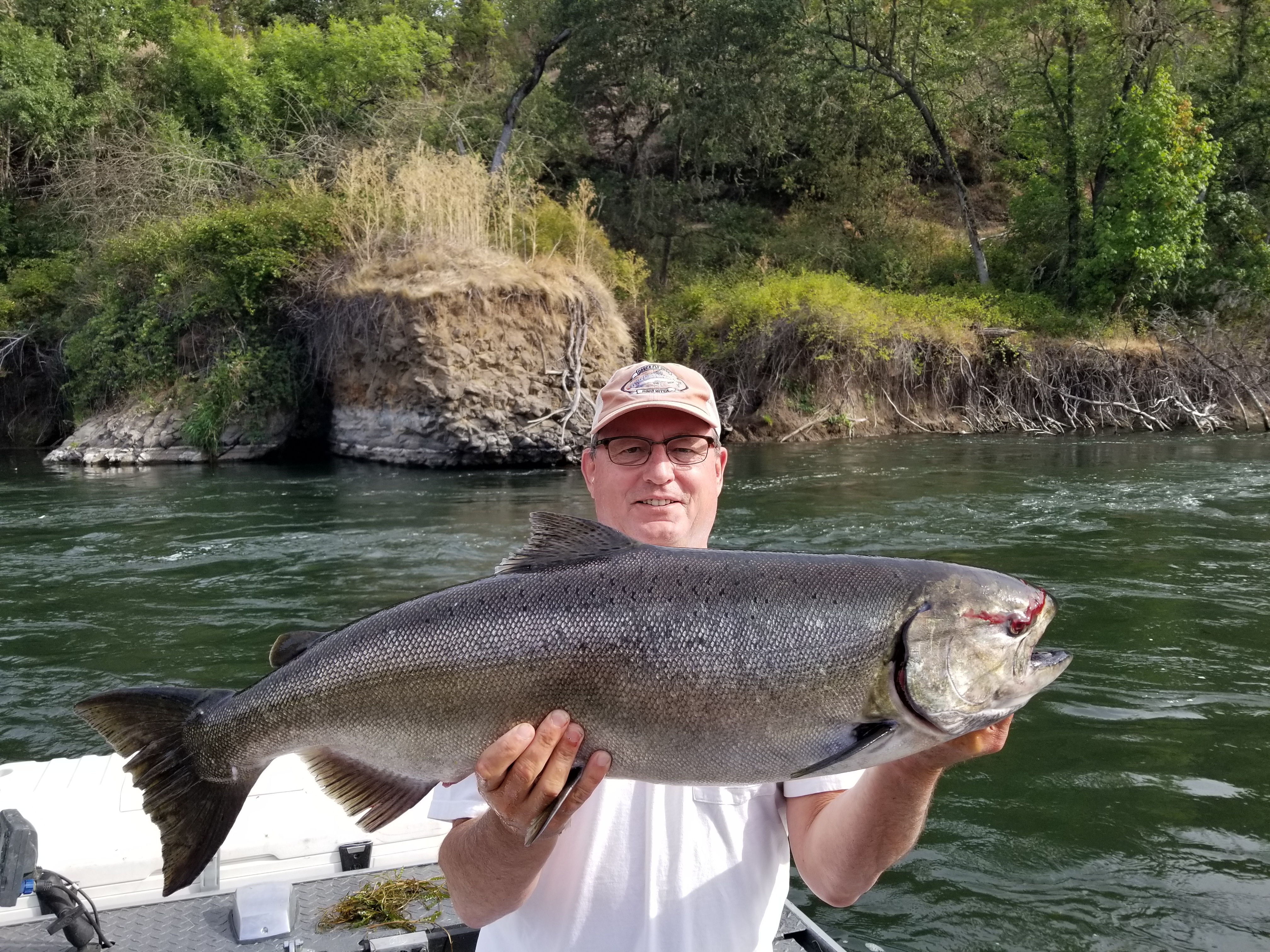
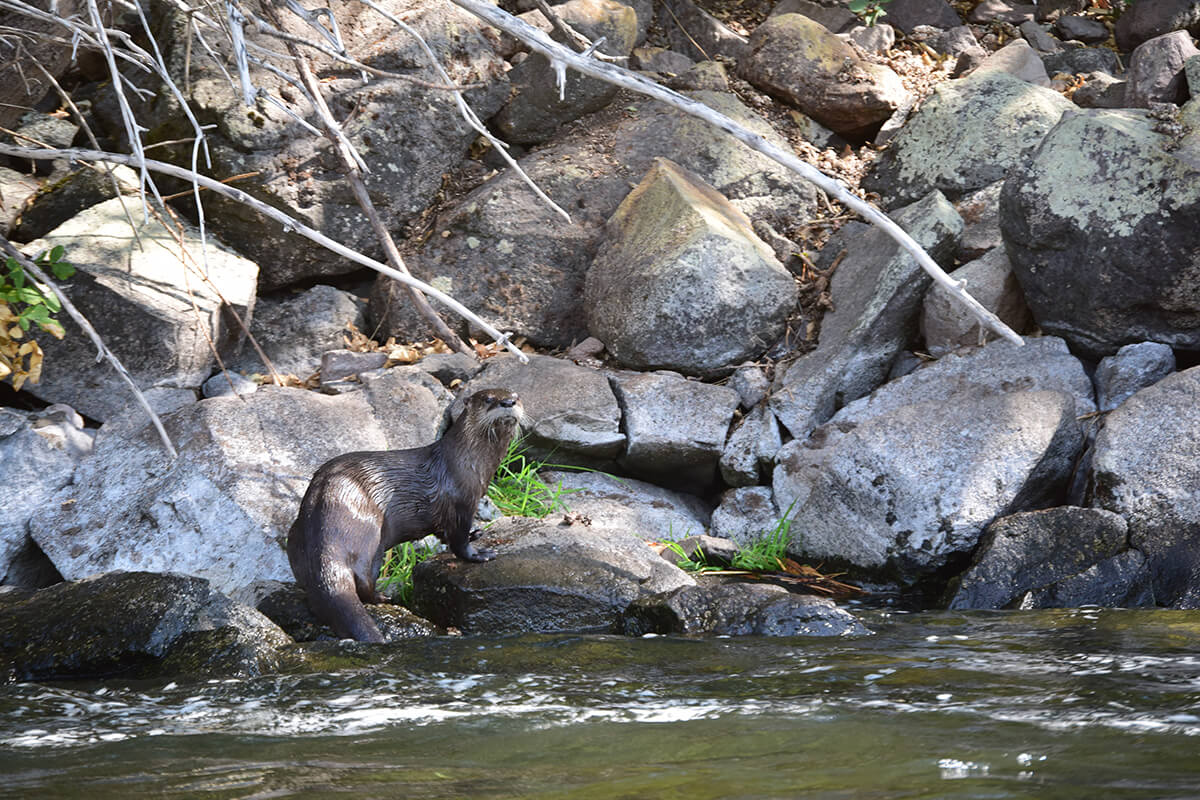
Aunt Caroline's Park is located at 2501 Indian Creek at the corner of Highway 62. It features playground equipment, park pavillions, grills, a dog walk area, and a beautiful small creek called Indian Creek".
The majestic Rogue River offers unparalleled salmon fishing and daily rafting which includes white water and also gentle floats.
The Upper Rogue Regional Park, located on Rogue River Drive in Shady Cove, features a variety of activities.
It has a boat ramp, playground equipment, a picnic area, plenty of parking, and a magnificent view of the Rogue River.
The Park is open daylight hours, seven days a week.
The River House is available to rent for weddings, receptions, parties, corporate retreats, or just a great getaway day.
We are always looking for volunteers to assist us in keeping our parks enjoyable for kids of all ages.
